Wednesday's Flower
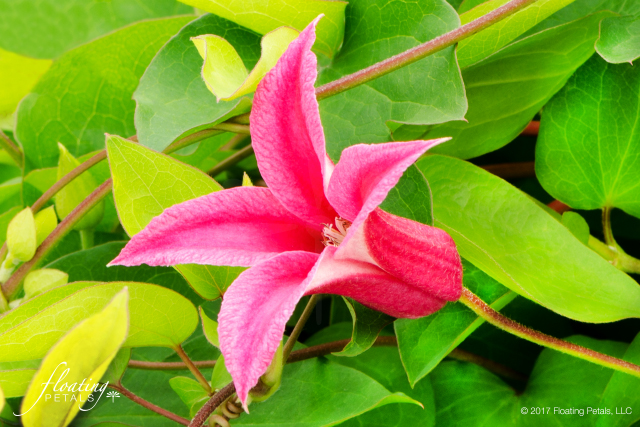
Wednesday's Story
Growing this genus..,
Clematis, in my garden hasn’t always gone so well for me. It would start out strong and colorful and by midsummer it would be dried up, brown and very sorry looking. Maybe it was too much sun or not enough water or maybe not enough cool nights. So, I decided to try another species, and I found it has the strength and resilience that resembles the princess it was named for and who is still admired to this day after 20 years of passing.
This flower is the perfect remembrance of a beautiful, kind woman: another woman to be celebrated.
points of interest
This cultivar name honoring Diana, Princess of Wales, has profuse tulip-shaped blooms of deep reddish pink petals with light pink margins. Stamens are cream and maroon, transforming into silvery filamentous seed heads. Blooms late for most clematis (summer to early autumn). Leaves are bright green and palmate. Use on fences, walls, pergolas, posts, etc., as a ground cover or in large container.
general care
Like most clematis vines, site where roots can be shaded and moist and vine can be in full or part sun. Prefers fertile soil, regular fertilizer and water in growth months and thick mulch. Prune to 12” above the ground in early spring if you wish to rejuvenate.
Botanical Name | Clematis texensis ‘Princess Diana’
Family | Ranunculaceae
Type | Deciduous perennial vine
Origin | Southwest United States hybrid
Zone | 5-9
Flower Height | 6-8’
Flower Diameter | 2.5”
photographed @
My garden

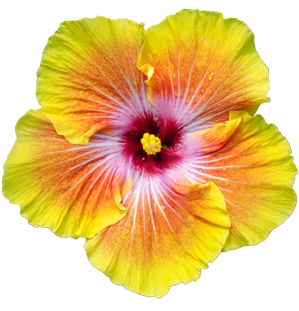


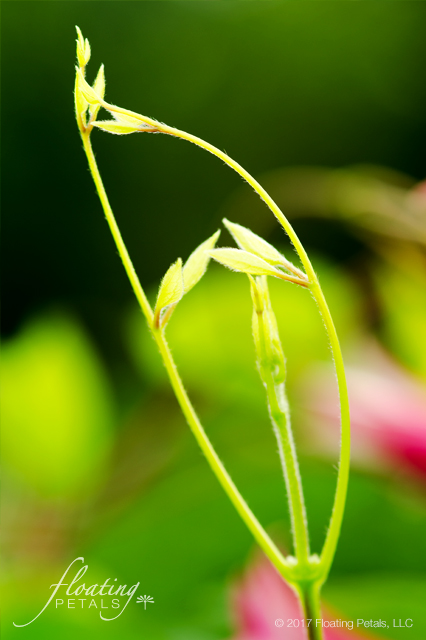

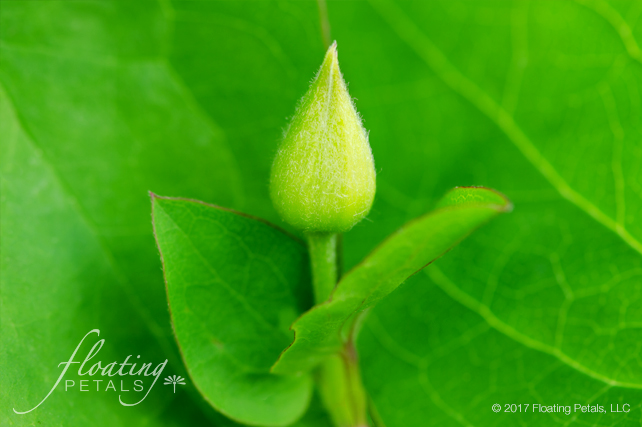
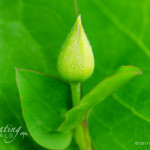
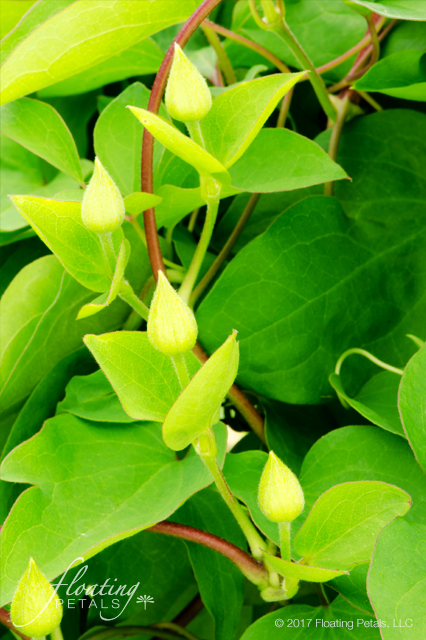

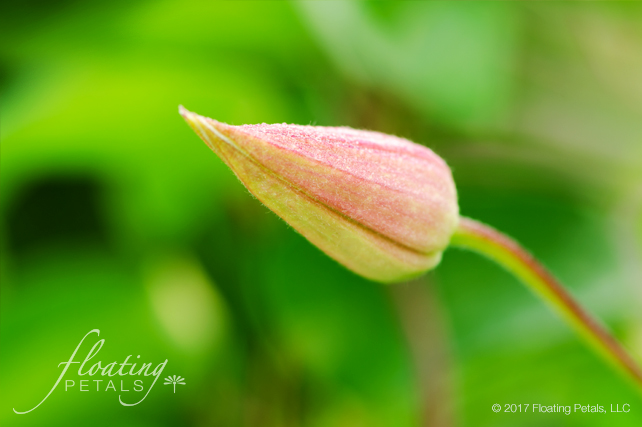
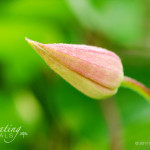
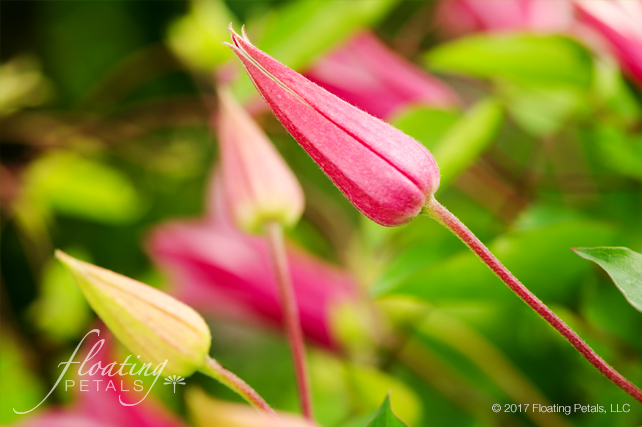
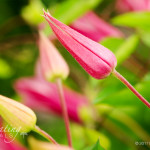
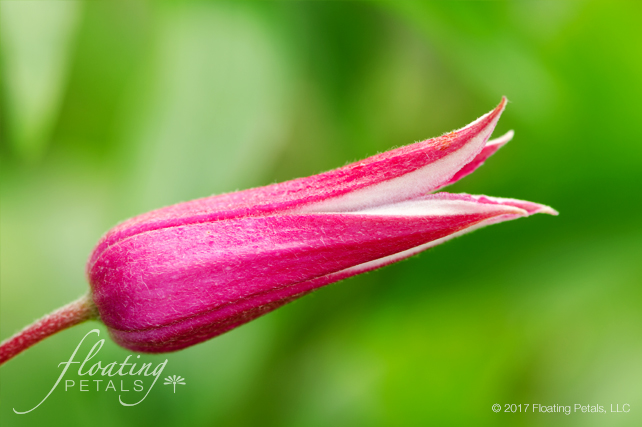
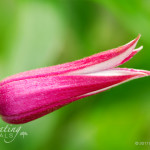
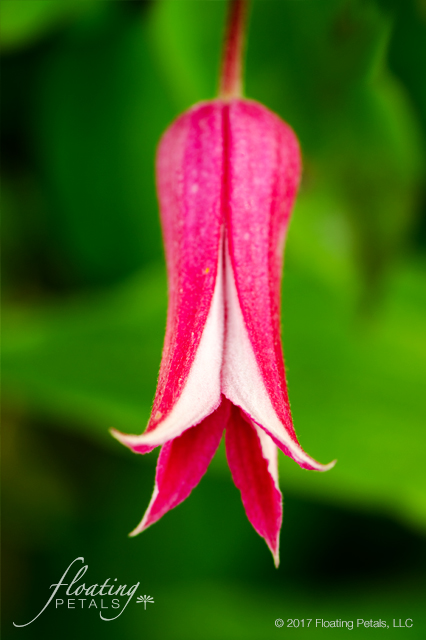
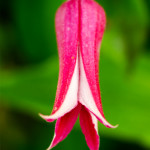
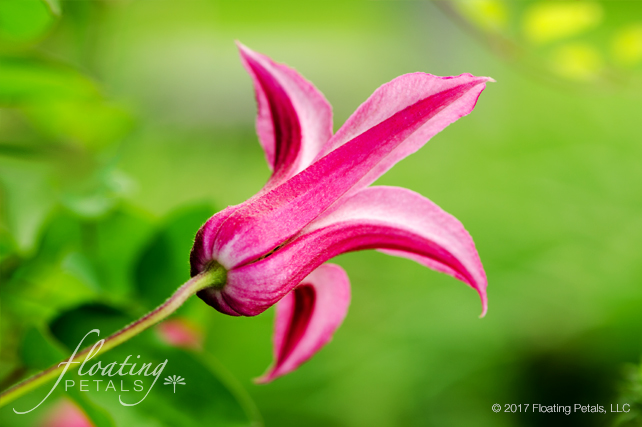
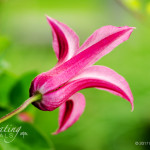
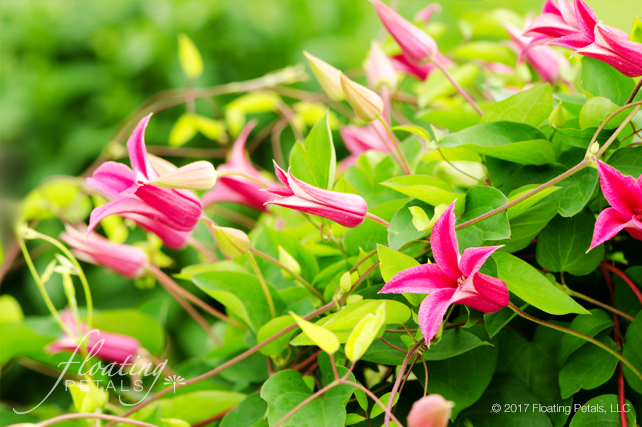
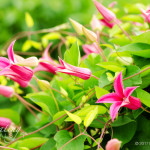

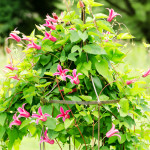


Pure perfection! Each shot is amazing!
Phyllis
So many beautiful views to share!